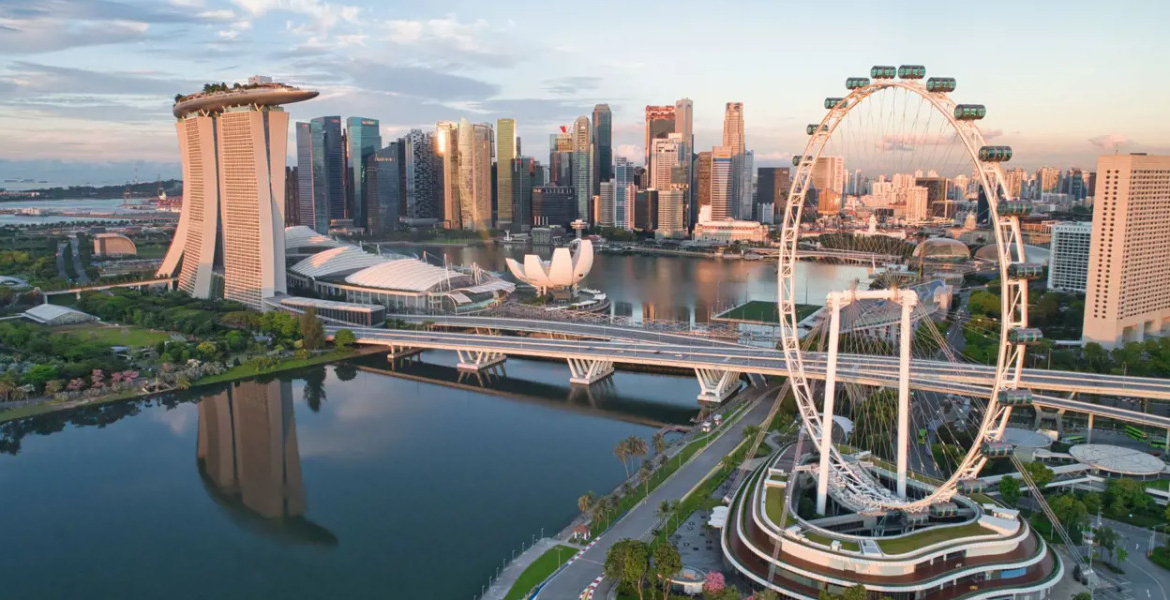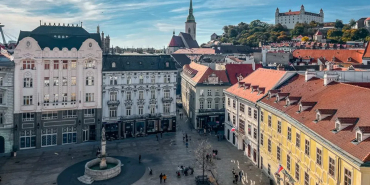Kenyans Ditch Dubai for Malaysia and Singapore

A burgeoning trend is seeing young Kenyan travellers increasingly drawn to Southeast Asia, lured by accessible visa policies, affordable travel options and a diverse array of cultural experiences.
This marks a notable shift away from more traditional destinations such as Dubai, South Africa, and Europe, indicating a new direction in Kenyan travel preferences.
The primary driver behind this shift is the ease of access, with countries like Malaysia and Singapore offering visa-free entry to Kenyan passport holders. This removes a significant hurdle for budget-conscious travellers, streamlining the planning process and reducing bureaucratic obstacles.
Further propelling this trend are budget airlines such as AirAsia, which provide direct flights at significantly reduced costs, making the region financially accessible to a wider segment of the Kenyan population. The trend is not simply about tourism. Muchina Malomba, a 31-year-old radio presenter, exemplifies this new wave of travellers.
His decision to explore Southeast Asia, including Qatar, Singapore and Malaysia, was a strategic one, driven by the need to maximise his limited leave days and a modest travel budget. The visa-free policies of Malaysia and Singapore were pivotal in his decision-making process.
"That was a game-changer," Malomba said.
For Vyonna Bosibori, a 28-year-old banker and content creator, a similar experience led her to choose Malaysia over Dubai. High flight costs and complex visa procedures for Dubai prompted her to seek alternative destinations. Discovering affordable direct flights to Kuala Lumpur with AirAsia, she and three colleagues embarked on a seven-day trip to Malaysia. She describes the journey as her most memorable travel experience to date.
Irene “Rheen” Ojiambo, founder of boutique travel agency Discoverheen, undertook a month-long expedition across Malaysia, Singapore, Vietnam and the Philippines. This journey was not just for leisure, but to gain a deeper understanding of the region and its potential for her clients. She says it was not about “ticking places off a bucket list", but learning how safe it was as a woman, how people treated strangers and how easy it was to move around. Her experiences highlights the region’s appeal as a safe and welcoming space, especially for solo female travellers.
Affordability is a crucial factor driving the popularity of Southeast Asia among young Kenyans. Contrary to the perception that international travel is only accessible to the wealthy, these travellers are proving that resourcefulness and careful planning can make it a reality. Bosibori’s group spent less than KSh150,000 on their comprehensive tour of Malaysia, including flights, accommodation, food and activities. This was made possible by AirAsia’s budget model, which offers significantly lower fares by foregoing in-flight meals and limiting luggage allowance.
"A return ticket cost us KSh60,000," Bosibori notes, emphasizing the cost savings.
Their accommodation, a two-bedroom Airbnb with rooftop views, cost only KSh25,000 for three nights, a fraction of what similar lodging would cost in Nairobi.
The cost-effectiveness of activities in Southeast Asia further enhances its appeal. Bosibori’s group enjoyed five water-based adventures in Langkawi, including parasailing, jet skiing, and speed boat rides, for just KSh6,500. She observes that such activities would cost at least KSh20,000 in Kenya. Malomba, who embraces backpacking and minimalism, prioritises experiences over luxury.
He says he can "sleep on a bunk bed as long as I can sleep through the night," preferring to spend his money on activities. His trip included visits to the Petronas Twin Towers, Batu Caves, and exploration of Kuala Lumpur’s street food scene.
The diversity of experiences available in Southeast Asia is another significant draw. Urban explorers are captivated by dynamic cityscapes such as Kuala Lumpur’s Bukit Bintang district, which Bosibori likened to Times Square. The area’s blend of street performances, upscale retail, and vibrant food stalls creates a sensory-rich environment.
Malomba was also enthralled by Bukit Bintang’s energy and the panoramic views from the Petronas Towers’ 86th floor. Singapore offers a contrasting experience, characterised by its cleanliness, efficiency, and strict public conduct.
"It is unbelievably clean. No chewing gum. Everything runs like clockwork," Malomba observed.
For those interested in cultural depth, Malaysia’s fusion of Asian influences provides a rich canvas. Malomba’s visit to the Tian Hu Temple offered a moment of reflection, while theme parks such as Universal Studios in both Singapore and Malaysia catered to his sense of fun. As more young Kenyans explore this frontier, they are expanding their horizons and reshaping the narrative of African mobility in the global context.








Add new comment